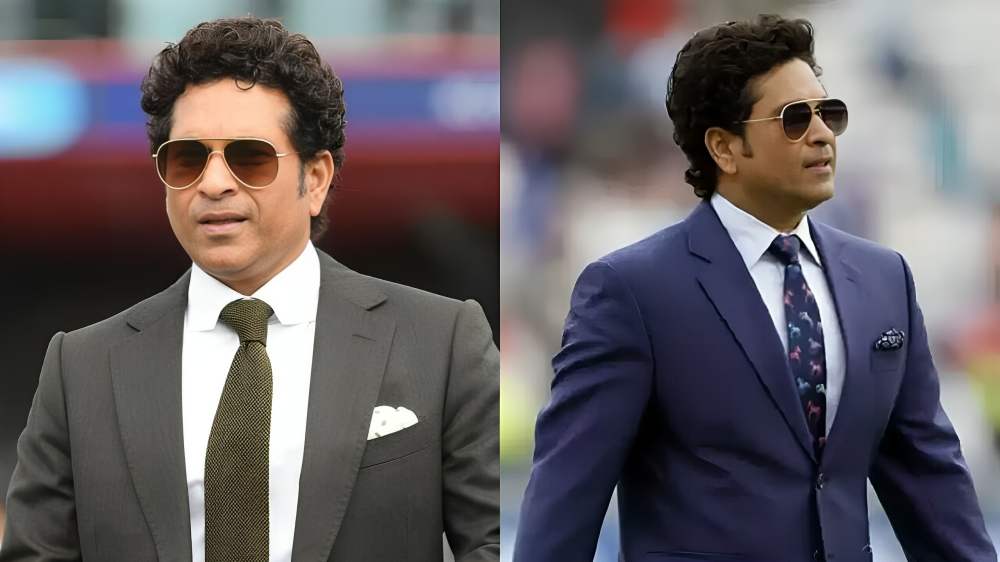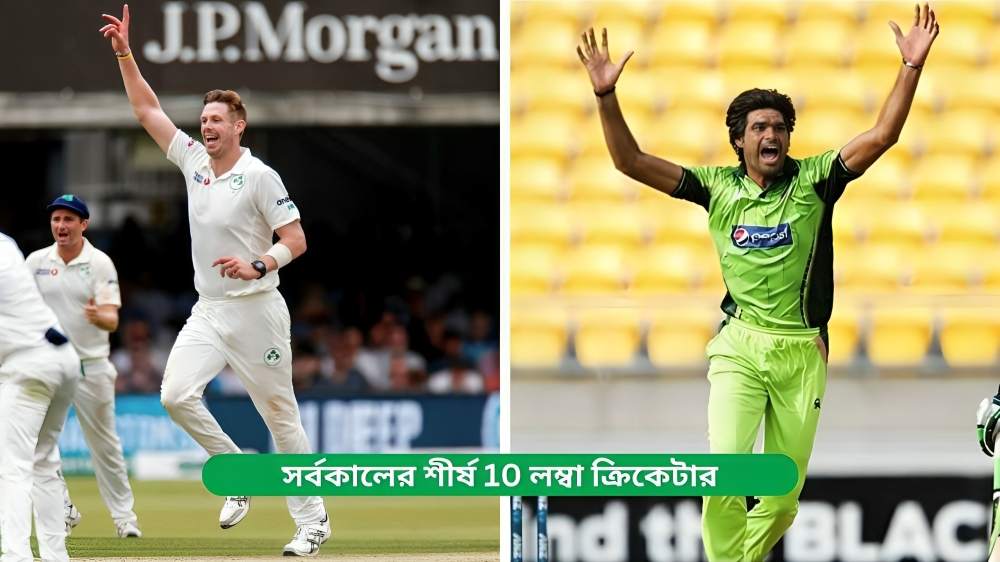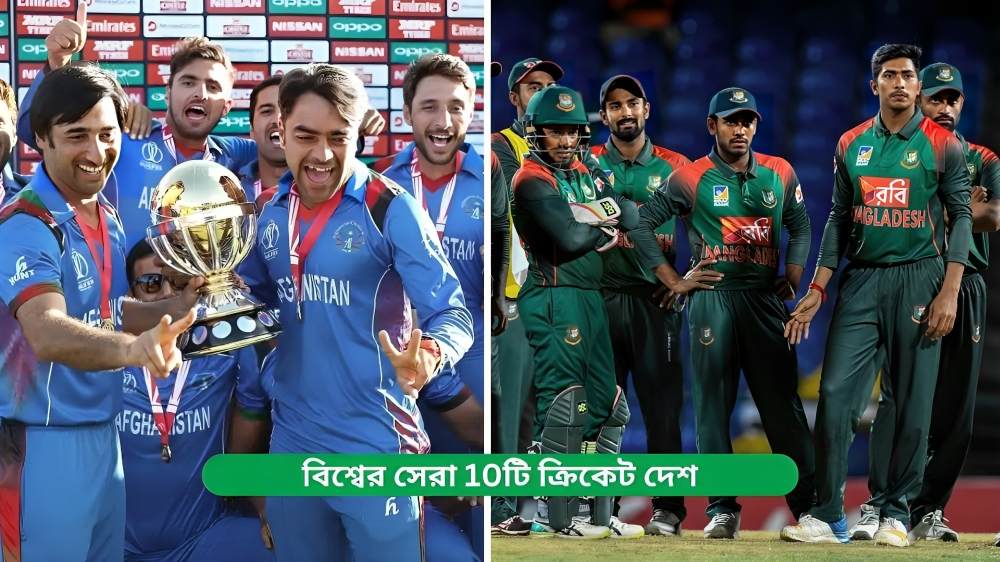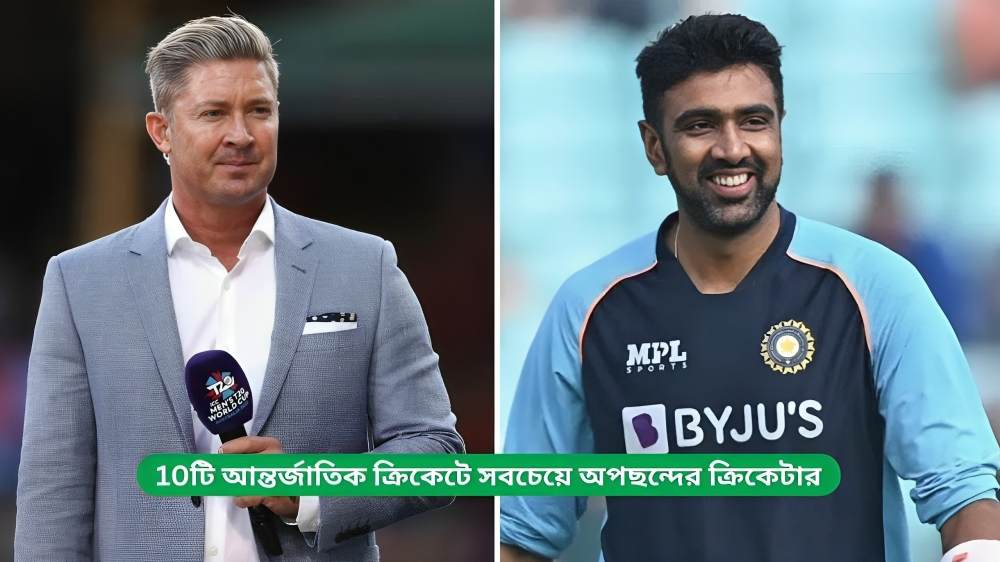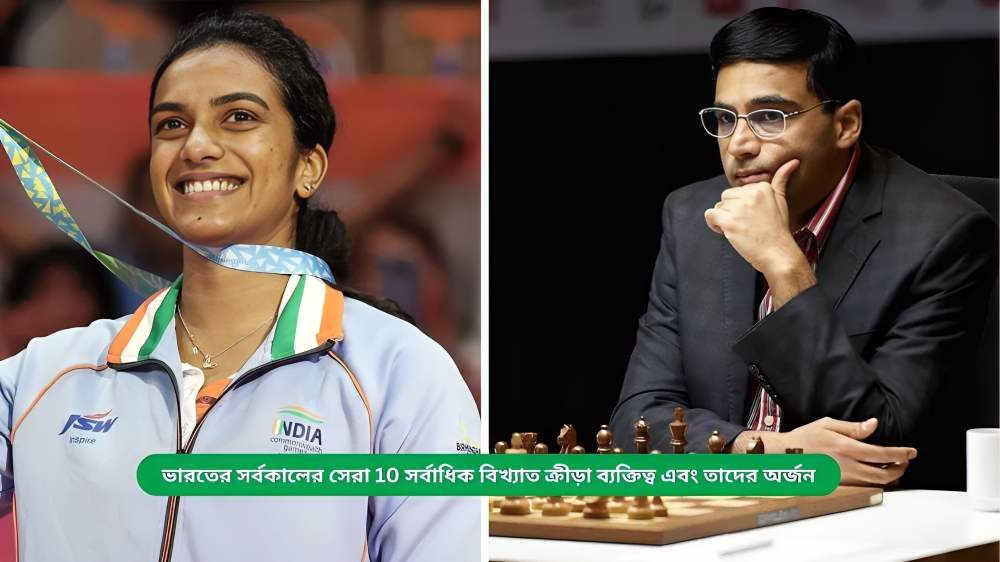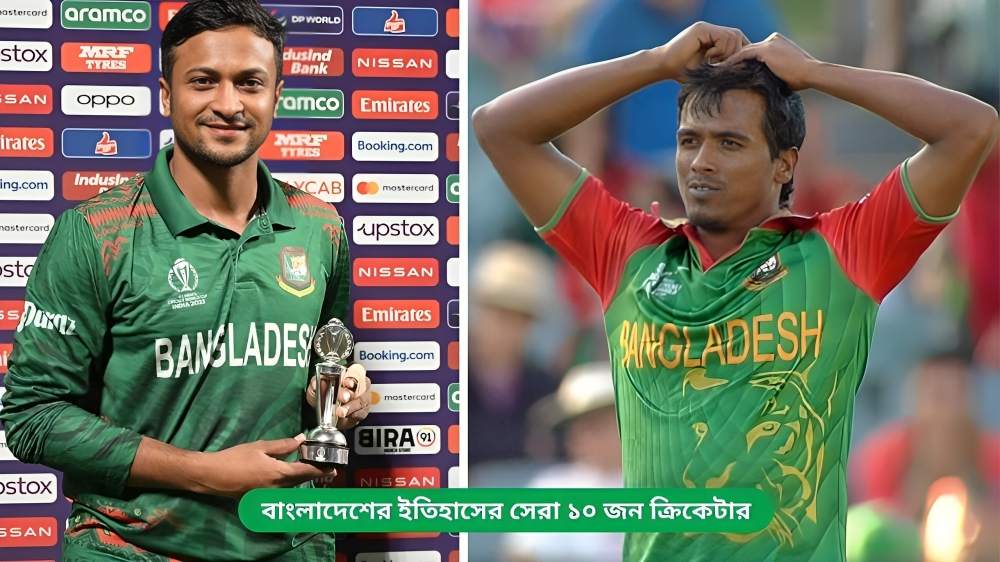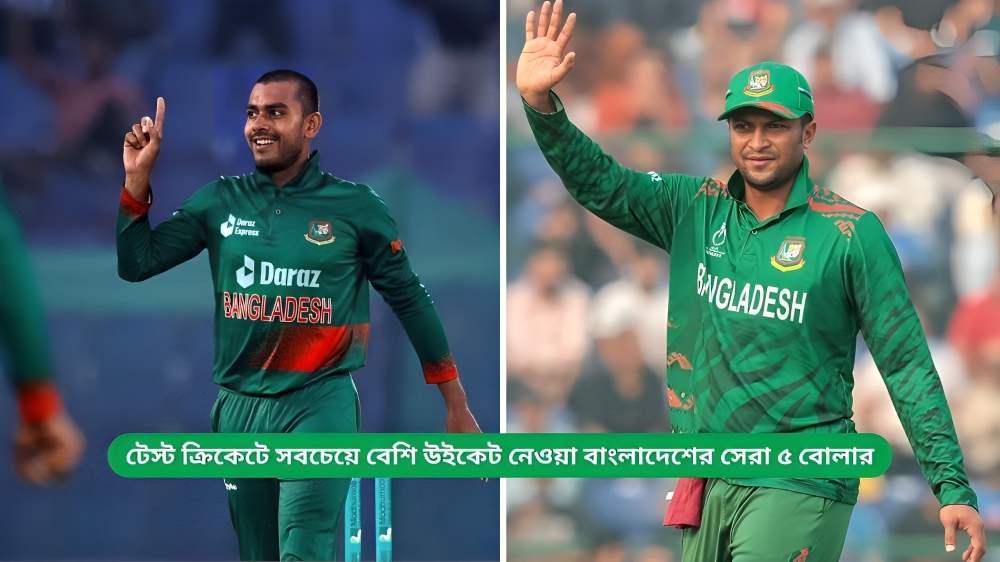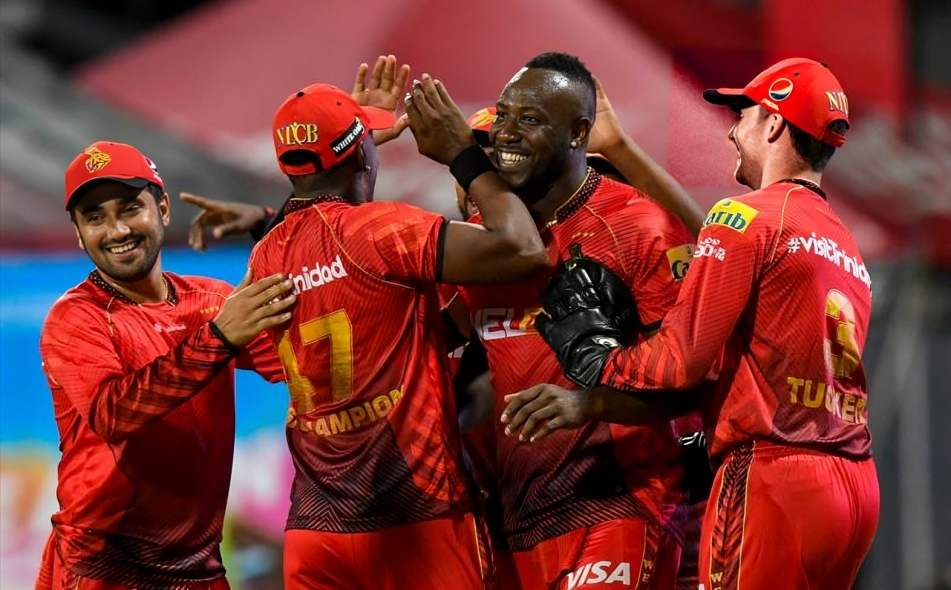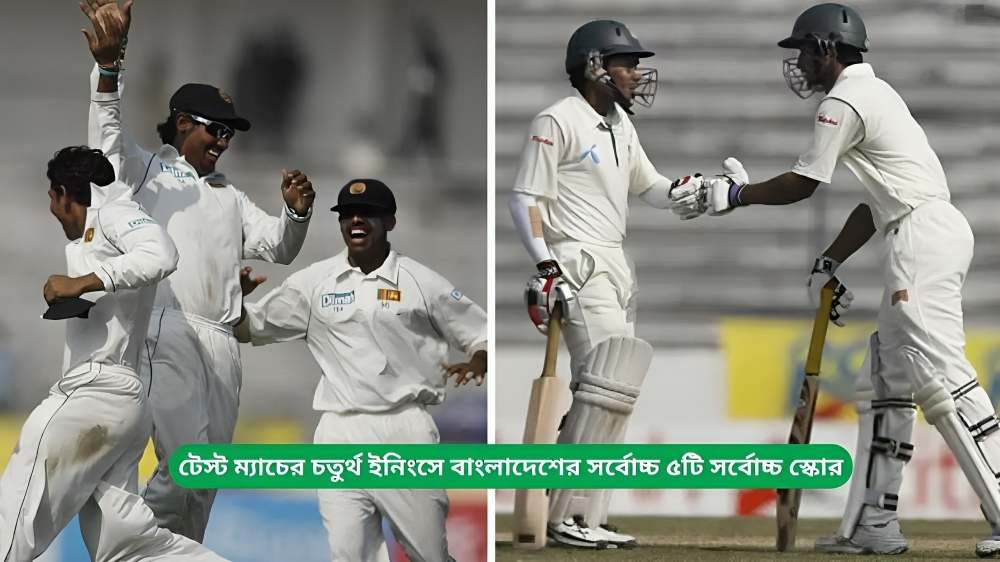Female cricketers’ pay varies significantly by country, but it has been gradually improving due to growing support for women’s cricket. For example, Indian female cricketers now have set central contracts with three pay grades: Grade A players receive ₹50 lakh (approx. $60,000), Grade B players receive ₹30 lakh, and Grade C players receive ₹10 lakh per year. Australia and England also provide significant salaries, with top players in these countries earning around $100,000–$200,000 per year, including match fees and other bonuses.
In the Women’s Premier League (WPL) in India and The Hundred in England, female players are also seeing higher pay with top players earning in the range of $50,000–$100,000 per season. While still lower than male cricketers, these leagues offer additional income opportunities for female players.
The pay gap in cricket has been a longstanding issue, though there are visible strides toward narrowing it. Here’s a more detailed look at how female cricketers are compensated across different aspects:
1. National Central Contracts
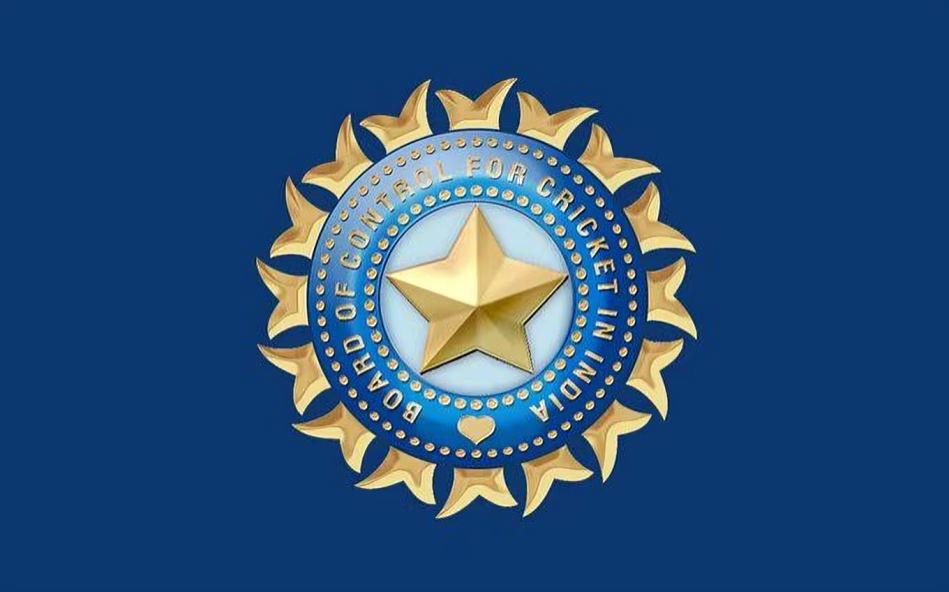
- Many top cricketing nations, including India, Australia, and England, offer central contracts to female players, though the amounts are often lower than for male players.
- In India, as noted, Grade A players receive ₹50 lakh ($60,000) annually, with lower tiers getting ₹30 lakh and ₹10 lakh. Australia’s Grade A female players can earn around AUD $200,000–$300,000 annually, including match fees and bonuses, which is among the highest for women cricketers.
- England similarly offers lucrative central contracts to its top female players, with packages often ranging from £50,000 to £100,000 annually, supplemented by match fees and bonuses.
2. Match Fees
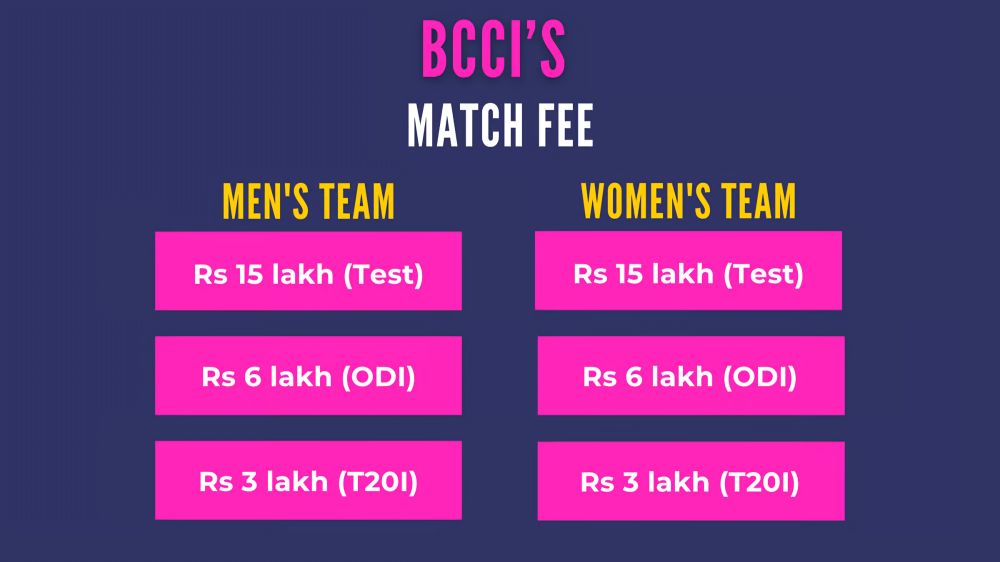
- Match fees have been a major focus for equalization. India recently equalized match fees across men’s and women’s national teams: ₹15 lakh ($18,000) for Test matches, ₹6 lakh for ODIs, and ₹3 lakh for T20Is.
- In Australia, players receive match fees around AUD $15,000 for a Test, and about AUD $7,000 for limited-overs formats, which contributes significantly to their overall earnings.
3. T20 Leagues

- The advent of women’s T20 leagues has been a game-changer. The Women’s Premier League (WPL) in India made headlines with top players like Smriti Mandhana earning over ₹3 crore ($366,000) for one season.
- The Hundred in England, Women’s Big Bash League (WBBL) in Australia, and FairBreak Invitational are other platforms boosting female cricketers’ incomes. Top WBBL players earn around AUD $60,000 per season, and The Hundred offers about £31,000 for marquee players.
4. Sponsorship and Endorsements
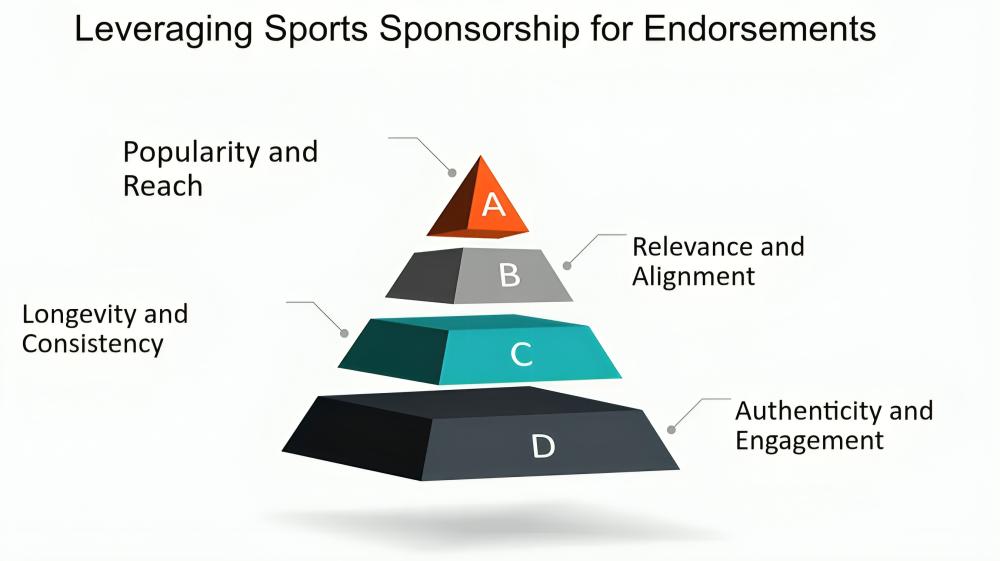
- Leading female cricketers, like Smriti Mandhana, Ellyse Perry, and Alyssa Healy, have begun securing endorsement deals, though these remain significantly lower than their male counterparts. This area is growing as brands recognize the rising popularity of women’s cricket.
5. Prize Money
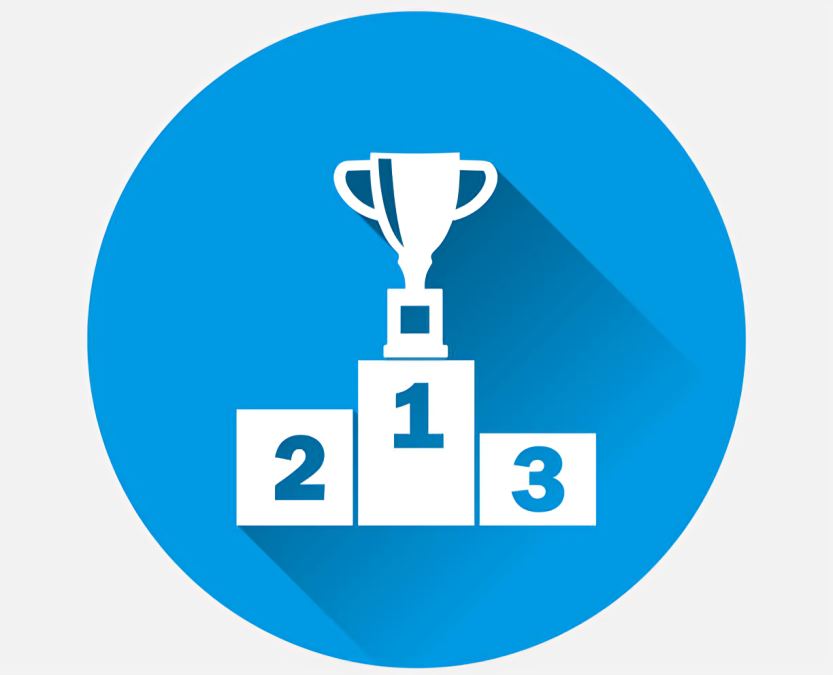
- Prize money is another area under review. In 2023, the ICC Women’s T20 World Cup saw an increase in prize money, though it remains below the men’s level. Organizations like the ICC are working towards more balanced financial incentives.
Though there’s still progress to be made, initiatives by boards, the ICC, and new leagues are accelerating changes, helping female cricketers to achieve closer pay parity and increased recognition worldwide.


